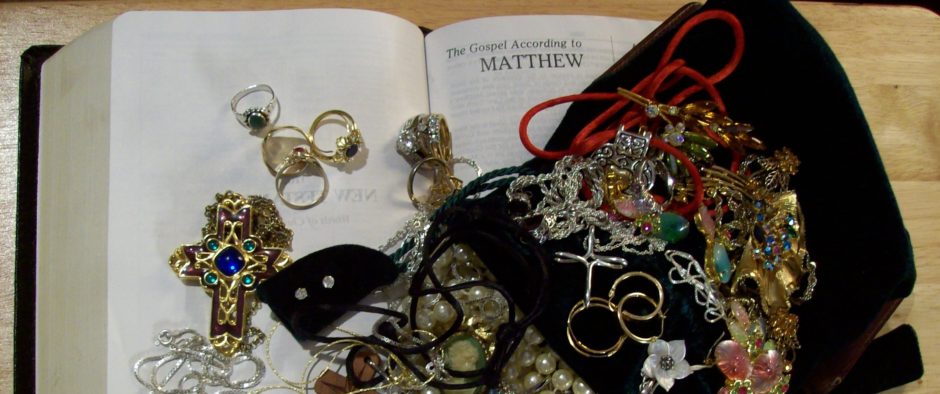When I was in grade school, Mom used to say that I ate more corn-on-the-cob than their old mules did on the farm. I love corn on the cob. I could eat it every day, three times a day, 7 days a week all summer long. White corn, yellow corn, mixed white-and-yellow corn, field corn, home-grown corn, any corn. I even eat canned corn, frozen corn.
One year, my friend and I bought 3 bushels of corn between us to eat and freeze. We sat in the backyard, shucking corn, all morning. I was even eating it uncooked, right off the cob, while I shucked.
She said, “What shall we have for lunch?” I looked at the corn, I looked at her, I looked back at the corn. She said, “After all this shucking, you want to eat corn?” I nodded. So we cooked 4 ears each and I ate one of hers. And we had plenty left over to freeze.
The oldtime farmers saved some of their corn kernels back to plant the next year. They ate the corn, gave some of it to the horses, then saved some back to plant. They didn’t eat it all. They couldn’t run down to the feed store to buy seed.
One ear of corn has about 16 rows, about 100 kernels each. If you planted those 100 kernels and all of them germinated, you would have 100 stalks of corn. There are usually 4 ears of corn on one stalk, so that is 400 ears of corn from that one original ear of corn, in one corn season. Next year when you plant the corn kernels, then from those 400 ears of corn with 100 kernels each, you would get 40,000 stalks of corn times 4 ears each equals 160,000 ears of corn. (It took a lot of figurin’ to cipher that out. And of course this is assuming that every kernel germinates and every stalk of corn has 4 ears.) From one ear of corn. What a harvest that would be.
In II Corinthians 9:7, Paul said, “Remember this: Whoever sows sparingly will also reap sparingly and whoever sows generously will also reap generously.”
Don’t eat all your corn. Plant generously in your local church.
